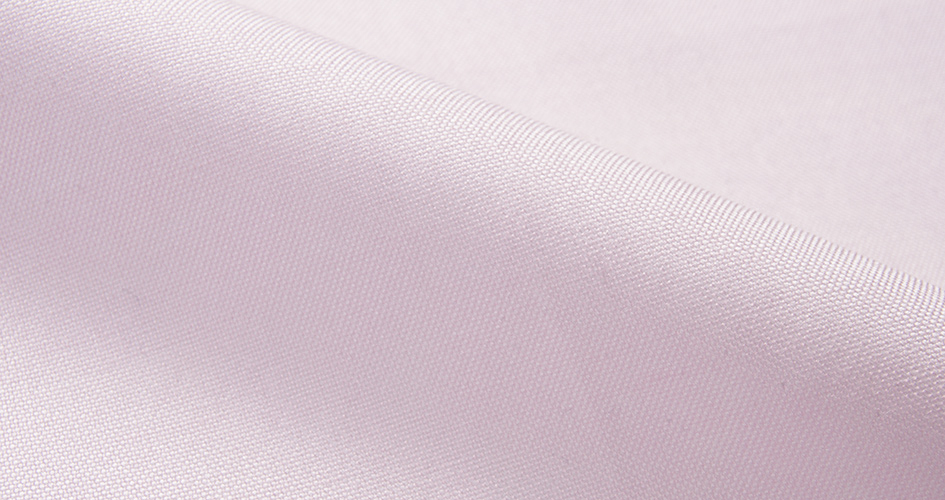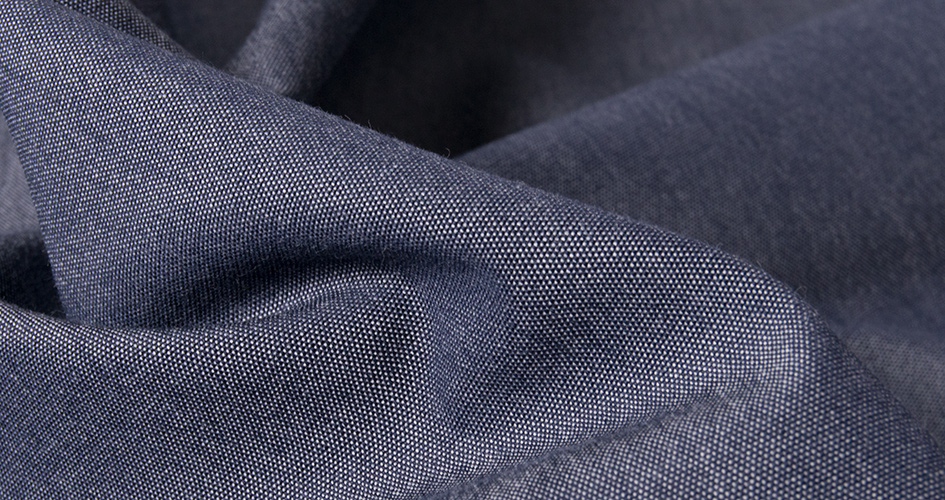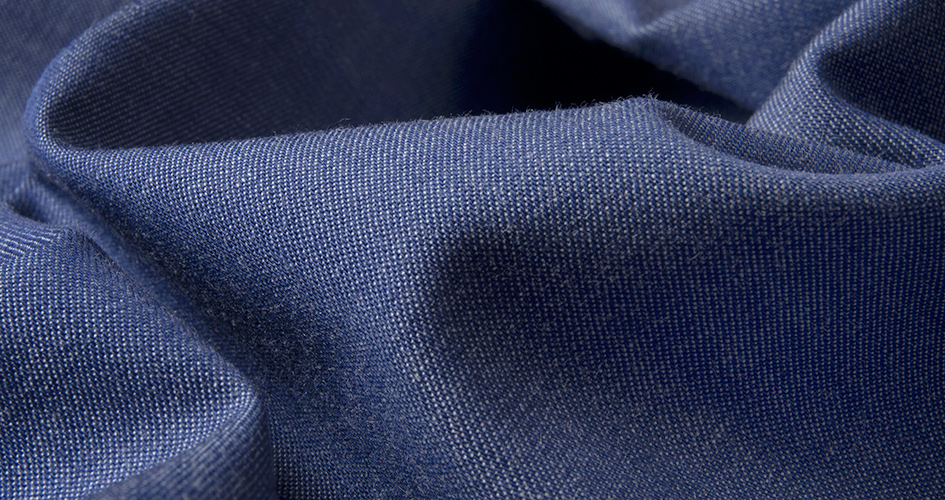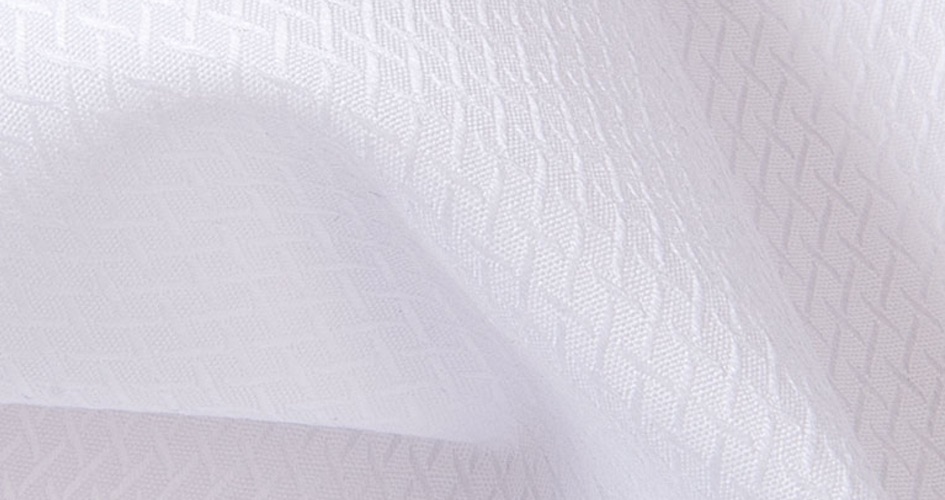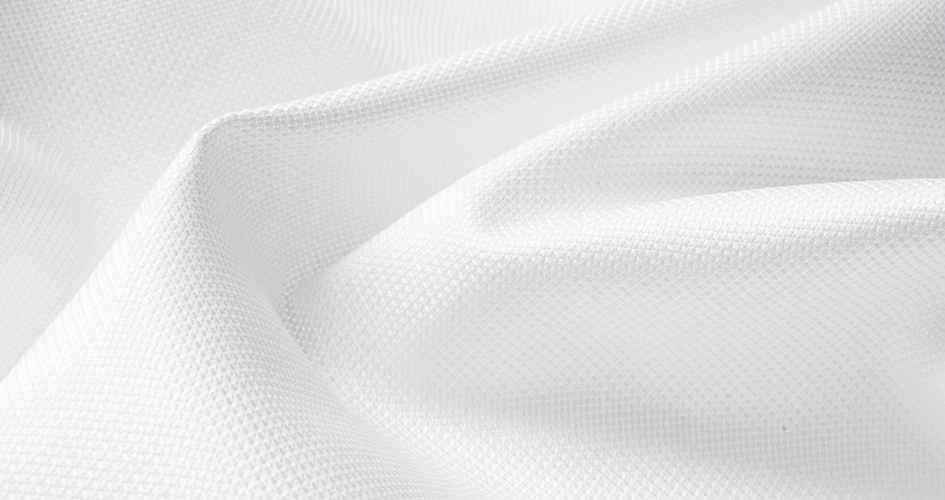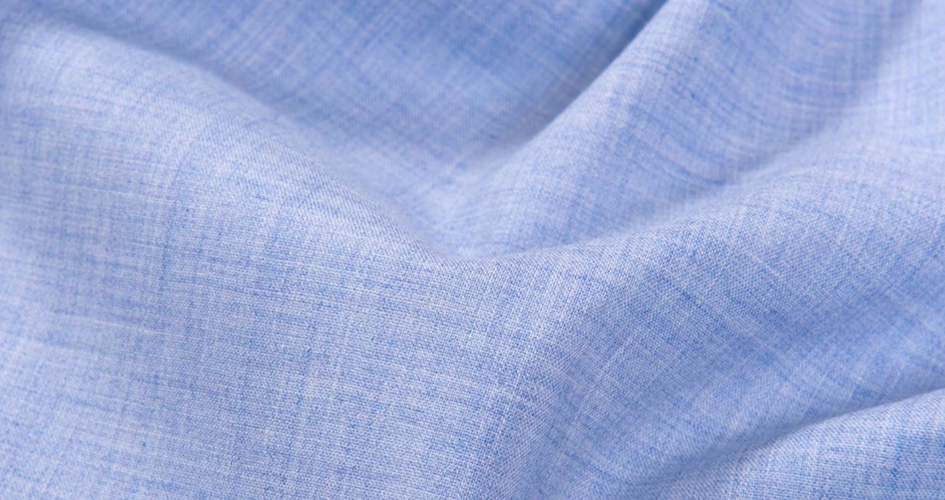
FABRICS
Premium Quality. Guaranteed.The process of crafting the perfect private label shirt starts with selecting the fabric. We only work with the most renowned mills from all around the world. Our collections are based on innovative fabrics including oxfords, pin-point, chambrays, tone on tones and the best double face fabrics and the best quality linens. Below you may find the different types of fabrics commonly used in shirts. By understanding the different characteristics of fabrics, you can easily find the ideal shirt fabric for your needs.
GLOBAL PARTNERS

Broadcloth
Broadcloth is often referred to as poplin and is a tightly woven fabric with a very simple over-under weave and very little sheen, which makes it nice and professional. Broadcloths are great for those looking for as little texture as possible in their fabrics. They are generally a thinner, lighter fabric. Broadcloths generally wear the smoothest out of all weaves thanks to their lack of texture, but can also be the most prone to wrinkling.
Oxford
Oxford cloth is a shirting fabric with a lustrous, soft finish. It is characterized with narrow stripes and can be woven in plain or basket weave where one yarn may cross two yarns. It has a slightly rougher texture but is more durable than most fabrics. This texture makes the fabric thicker and warm, perfect to wear on cool days. There are three main types of oxford; plain, royal and pinpoint.
Pinpoint Oxford
Pinpoint oxford has the same weave as oxford cloth, although it uses a finer yarn and tighter weave. It is more formal than oxford cloth, but less formal than broadcloth or twill. Pinpoint fabrics are generally not transparent and are slightly heavier and thicker than broadcloths. Because of their heavier construction, pinpoints are fairly durable fabrics.
Twill
Twill fabrics are easily recognizable because they will show diagonal weave or texture. The diagonal effect can range from very fine, subtle twills to much larger Imperial or Cavalry twills. Twills will almost always have a bit of shine, though the degree can depend on the weave, color and cotton used. Because of the diagonal texture twill is a bit softer than broadcloth and will drape more easily.
Chambray
Chambray is a plain weave fabric. That means it has a similar construction to broadcloth, though it is generally made with heavier yarns for a more relaxed or workwear appeal. Generally there will be white threads running in the weft/width direction such that the fabric has an inconsistent color to it. This could be compared to an end-on-end, though chambray is generally much heavier and more appropriate for casual wear.
Denim
Denim is known as a jean fabric, the construction of denim is a twill weave. To create the two-tone look colored thread is crossed with a white thread. The color sits on the face of the fabric and the white pulls to the back side. The colored yarns are often created using indigo dye. When it comes to denim shirting, you’re mostly going to find much softer, lighter versions of the fabric than what your jeans are made of. Denim shirting can come in many forms but generally have a different color on the inside than the outside.
Dobby
Dobby is very similar to Jacquard, but can vary widely. Some versions are quite similar to broadcloth in terms of thickness and weight, while others can be thicker or woven to almost look like twill. Many dobby fabrics have stripes woven into them, although some are solid colors. The solid colors tend to have a faint stripe or dotted patterns woven in the same color as the base cloth.
End-on-End
End-on-end broadcloths are a very popular type of shirt fabric with a distinct contrast coloring. Woven with colored thread in the warp and white thread in the weft, it looks like a true solid from a distance, but has more texture when seen from up close. Typically a lighter weight fabric, it’s a great choice for those living in warmer climates.
Royal Oxford
Royal Oxford is a formal, dressy fabric that has a distinctive shine and texture, typically used for elegant shirts. Using the same basket weave as other Oxfords, its unique look is created by having a white overtone over a different colored background. The diamond weave is much more noticeable and the fabric is a lot thinner than the oxfords. This gives the shirt fabric its checkerboard appearance.
Herringbone
Herringbone is essentially a twill that is mirrored when woven to create the sort of chevron, “V shaped” look. The fabric’s name comes from its resemblance to the bones of a herring fish. The fabric has a zigzag pattern, slanting in alternate directions. Herringbone fabrics drape well and are easy to iron. Herringbone has a smooth feel, a textured warmth and a slight sheen.
Linen
Linen fabrics are incredibly breathable and, typically made to be worn in hot climates. Linen is made from fiber of the flax plant and can be very labor intensive to produce. Typically, linen will be more loosely woven and sheer than most cotton shirts and has a very unique dry hand to it that is unlike cotton. Linen also tends to wrinkle more easily than cotton and generally feels much more relaxed because of this.




